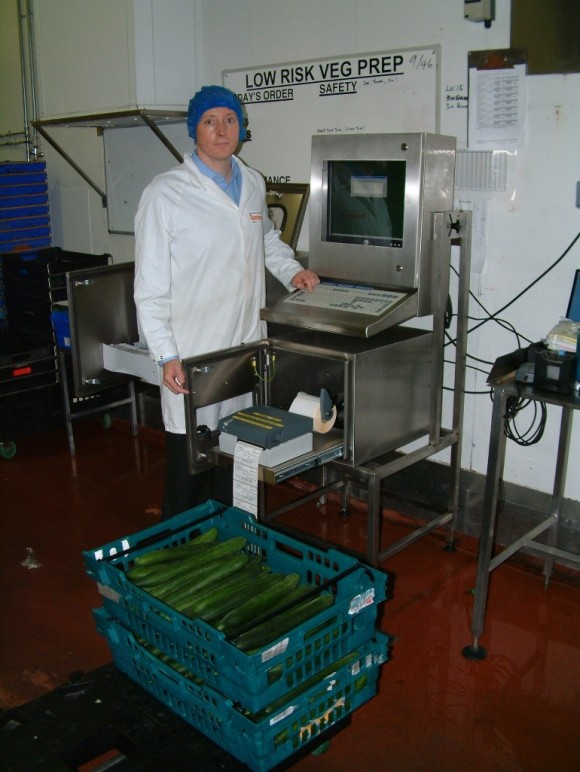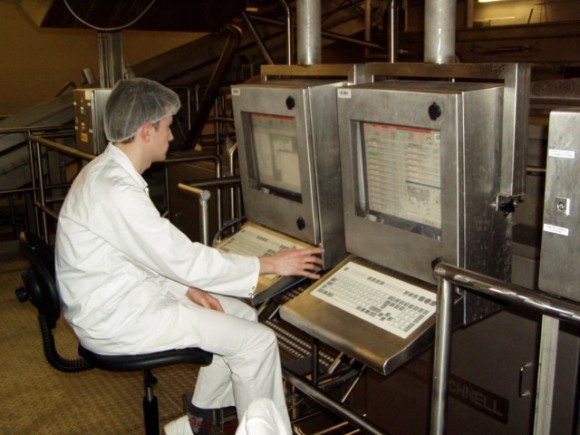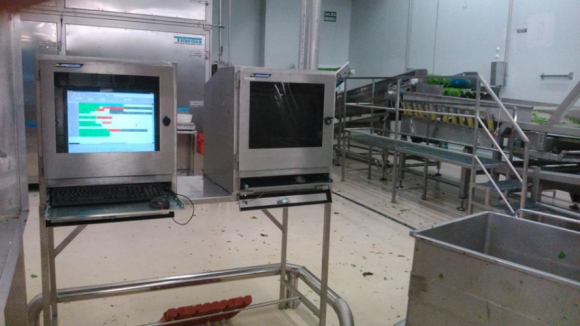Stainless steel PC enclosure specialists, Armagard, utilise stainless steel for a selection of products across their range. In this article, Armagard provides a review of 304 and 316 stainless steel.
A question that Armagard is frequently asked is ‘what is the difference between 304 grade stainless steel and 316 grade stainless steel?’ This question is quickly followed by, ‘which is best?’
As manufacturers of stainless steel PC enclosures, printer enclosures and digital signage enclosures, Armagard is familiar with the use of stainless steel, especially across our SENC PC and printer enclosure range.
Armagard’s Stainless Steel PC Enclosure
Armagard has a preference for manufacturing stainless steel PC enclosures [and printer enclosures] from 316 grade stainless steel, but that’s not to say that 304 grade steel is without its merits, after all, each steel grade has its uses for particular applications.

What’s the difference between 304 grade and 316 grade stainless steel?
Visually, there is no difference at all, 304 grade steel and 316 grade steel are polished, grained and finished in the exact same way. The only way to determine the difference is to request a material test report (MTR).
It’s in the material ‘make-up’ that the differences can be found and although the differences are very slight, they do alter the purpose for which each type of steel can be used.
In the simplest way we can muster, the difference between 304 grade stainless steel and 316 grade stainless steel is as follows:
- 304 – contains 18% chromium and 8% nickel
whereas
- 316 – contains 16% chromium, 10% nickel and 2% molybdenum
What do these differences mean?
With the addition of molybdenum to 316 grade stainless steel, the resistance to corrosion is enhanced, particularly against chlorides [such as sea water and de-icing salts]. It is this enhanced corrosion protection that makes 316 different from 304 stainless steel.
The case for 304-grade stainless steel
304-grade stainless steel is considered the most versatile and widely used of the austenitic stainless steels. The 304 steel type is capable of meeting a wide variety of physical requirements making it an ideal material to use for applications such as wheel covers, kitchen equipment and storage tanks.
304 steel provides good resistance against moderate acidic attack, but is considered inferior when compared to the 316 steel type.
The case for 316-grade stainless steel
When compared with the 304 steel type, 316 stainless steel is considered to be more heat-resistant and provides superior corrosion resistance, due to the presence of the molybdenum element.
316 stainless steel is considered to be far more resistant to a number of chemical solutions such as sulphuric acid, bromides and iodides. Its ability to withstand such solutions make type 316 steel the preferred material of use for applications to be installed in pharmaceutical facilities or medical environments.
In some pharmaceutical facilities grade 316 stainless steel applications are required, by law, to be installed in order to prevent excessive metallic contamination.
So, which is best?
The answer to this question is subjective, both steel types have their uses, it’s a matter of opinion. For instance, commentators within the security industry would argue the case for type 304 steel. A proportion of ‘experts’ across the security industry dispute the ‘superior’ corrosion resistant claims put forward for type 316 steel.
According to crimsafe.com they claim that 304 steel has a better ability to cope with physical impact compared with 316 type steel. They argue therefore, that 304 type steel makes for better security applications.
On the other hand, a number of industrial commentators would argue that 316 type steel offers sufficient protection against physical impact, whilst offering greater protection against corrosion.
The truth is, only the facts regarding each steel type can be presented, it is then down to the purchaser to determine which steel type best suits the environment in which the application is to be installed.
The Armagard Perspective
A large proportion of Armagard’s SENC stainless steel PC enclosure and printer enclosure ranges are installed in environments where corrosion resistance is vitally important.
Armagard applications are supplied to food manufacturers, pharmaceutical companies and medical institutions all the over the world. In such environments contamination from corrosive metals needs to be addressed.

It is from listening to the requirements of our customers that Armagard has established a preference for using type 316 stainless steel.
Providing a high resistance to corrosion and staining, Armagard’s view is that manufacturing our stainless steel PC enclosure and printer enclosure ranges from this steel type is more beneficial to our clients.
Type 316 steel has antibacterial properties and is very low maintenance. Applications constructed from type 316 material represent the perfect solution for use in wet or humid working environments.
Pondering a protective stainless steel PC enclosure or printer enclosure for your business? Get specialist advice from Armagard – visit our website – www.armagard.co.uk – and complete the online enquiry form.
Alternatively, call our specialist sales team direct, multilingual personnel available! Order your stainless steel PC enclosure or printer enclosure today!




Comments are closed.